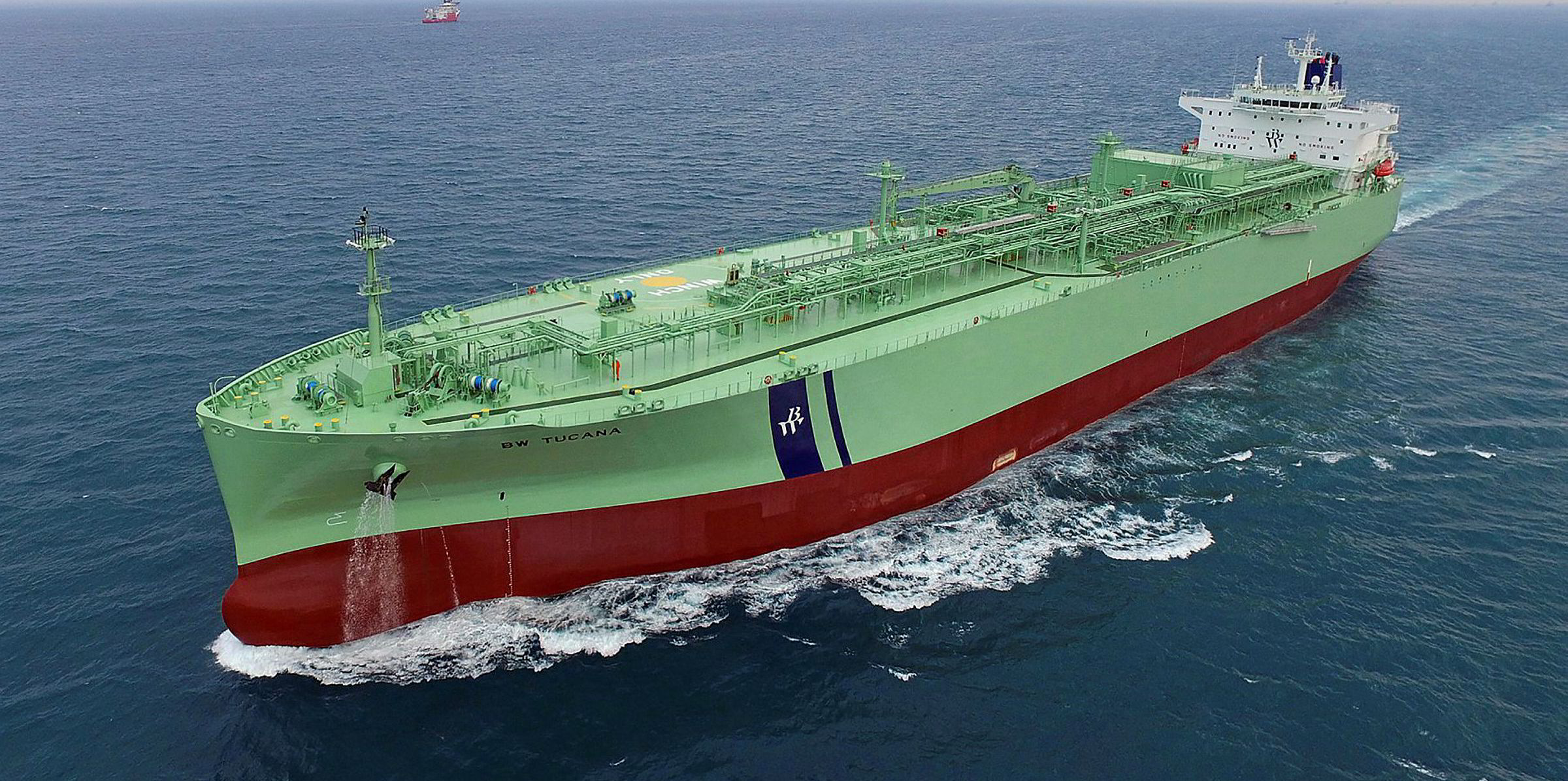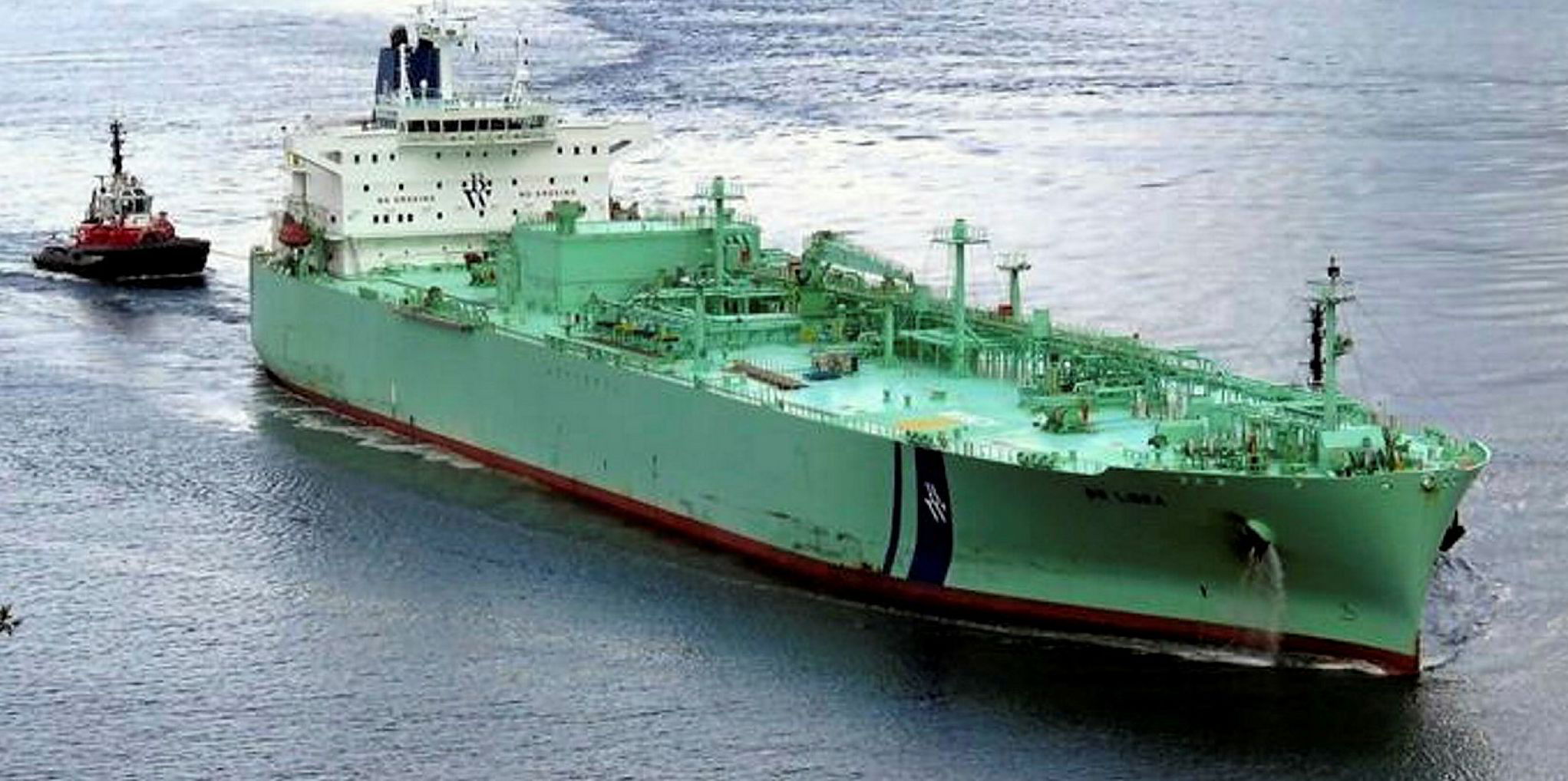Using LPG as a ship fuel makes compelling commercial and environmental sense, according to BW LPG chief executive Anders Onarheim.
The Oslo-listed company is the first in the world to retrofit dual-fuel engines to existing gas carriers.
The outfit — a spin-off of Singapore-headquartered BW Group — has committed to installing the systems on 12 VLGCs this year and in 2021.
Speaking on a conference call with analysts, Onarheim said: "LPG propulsion has significant economic and environmental benefits.
"Compared to compliant [conventional] fuel, LPG propulsion reduces fuel consumption by 10%, sulphur dioxide by 99%, particulate matters by 90%, carbon dioxide by 15% and nitrogen oxide by 10%."
He added that this will significantly cut emissions and improve fuel flexibility.
“The construction of a new vessel generates about 70,000 tonnes of CO2, while the retrofit upgrades generate only 2,000 tonnes,” Onarheim said.
And the company will get its money back quickly.
“Running on LPG as opposed to fuel oil saves close to 5,000 tonnes of CO2 per year,” Onarheim said. “So, the environmental payback is 15 years for a newbuild, but less than six months for retrofit.”
The retrofits should take 60 days to complete.
Bunkering time saved
Onarheim added: “We can bunker LPG while loading cargo, thus saving as much as up to four days of bunkering time per year.”
BW LPG calls the technology “future proof” and further technological developments — currently in advanced stages — will allow for upgrades to allow for the use of ammonia as a fuel in the future.
Expected savings on bunkering logistics costs are about $20 per tonne. Then there is the expected price differential between LPG and other IMO 2020-compliant marine fuels.
“The last one is the most significant,” Onarheim said. “LPG propulsion gives us fuel flexibility, which allows us to run on a mix of fuels at any time it’s most economical.
Spread works in company's favour
“For 2021, the forward market prices ... LPG at a cost advantage of $128 per tonne versus compliant fuel. That equates to about $6,000 per day in savings.”
Last month, TradeWinds reported that the company had rescheduled retrofits of the first four VLGCs, after yard operations were disrupted by the Covid-19 pandemic.
Work on the 84,000-cbm BW Gemini, BW Leo, BW Libra and BW Orion (all built 2015) was originally due to be completed in the first quarter of this year.
But the vessels will now go into the yard in early June.
In February, BW LPG said it was speaking to shipyards in China and Singapore about the retrofits.
"The LPG propulsion technology demonstrates BW LPG's commitment to a sustainable future and it's an economically sensible investment that significantly reduces emissions and paves the way for carbon emission-free shipping fleets," Onarheim said.
The company said it has debt-financed the first five retrofits so far.
The remaining seven do not come due until the second half of 2021.
Outlook downgraded
BW LPG achieved its strongest first quarter since its listing in 2013, with net profit of $80.6m and average VLGC rates of $42,300 per day, which is $1,000 higher than the peak in 2015.
The company said it continued to maintain a high commercial utilisation of 97.1%, but rates have plunged 63% since April.
Onarheim said the outfit has downgraded its outlook for US and Middle East LPG exports for the rest of 2020 and 2021.
“We expect that this, in combination with the still high vessel orderbook, will put downward pressure on vessel utilisation,” he said. “Our outlook is sensitive to changes in the assumption of future oil prices, which could change quickly.
"A recovery to [a] higher oil price environment would take our outlook positive."





